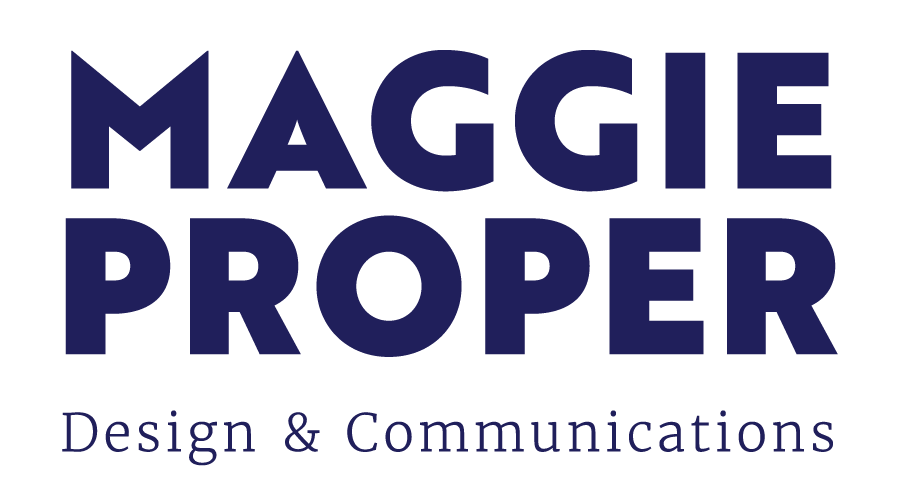Designing for What’s Next
When we imagine the future, our minds often go straight to sci-fi movies, flying cars, neon skylines, or robots serving breakfast. But design fiction isn’t about predicting impossible futures; it’s about visualizing plausible ones. The concept, first popularized by futurist Julian Bleecker, invites designers to create speculative prototypes—objects, interfaces, or systems—that ask “what if?” rather than “what will be.” It’s storytelling through design, and for visual designers, it’s a powerful way to expand creative boundaries while grounding innovation in meaning.
From Speculation to Storytelling
Design fiction uses narrative as a design tool. Instead of creating products for immediate release, designers use visuals to provoke thought about emerging technologies and cultural shifts. For example, Microsoft’s “Productivity Future Vision” films are classic cases of design fiction. They visualize a world ten years ahead, exploring touchless interfaces, adaptive environments, and seamless collaboration between humans and AI. While these videos don’t market real products, they shape how designers and engineers think about user experience.
This process relates closely to Ellen Lupton’s discussion of scenario planning and the cone of plausibility. Designers explore a range of possible futures, from highly likely to wildly imaginative, and visualize each scenario through sketches, mockups, and storyboards. Visuals become a bridge between speculation and reality.
Designing Futures We Can See
In practice, design fiction isn’t just fantasy, it’s a research method. The UK’s Near Future Laboratory, for instance, creates tangible artifacts from speculative futures: instruction manuals for non-existent devices or product packaging for “future tech.” These artifacts make abstract ideas visible and discussable. They push audiences to confront the ethics and aesthetics of innovation.
For visual designers, this process sharpens foresight and empathy. By prototyping futures, we can better understand the potential consequences of design decisions today. Consider IKEA’s “Concept Kitchen 2025,” which speculated on the future of home cooking. Using design fiction, IKEA visualized smart tables that track ingredients and suggest recipes, prompting real-world discussions on sustainability and human-centered technology. The visuals are clean, approachable, and believable, inviting audiences to imagine how everyday routines might evolve.
The Value of Plausible Imagination
What makes design fiction so relevant to visual design is its grounding in plausibility. It asks us to imagine futures that could actually unfold and to make them visible through form, texture, and narrative. The cone of plausibility helps designers locate where creativity meets realism; where the impossible begins to feel possible.
As a designer, I see this approach as both imaginative and responsible. Creating for the future requires curiosity, but also critical awareness. Design fiction allows us to visualize tomorrow’s systems and question their implications. In doing so, we aren’t just designing for what’s next, we’re designing what could be.




